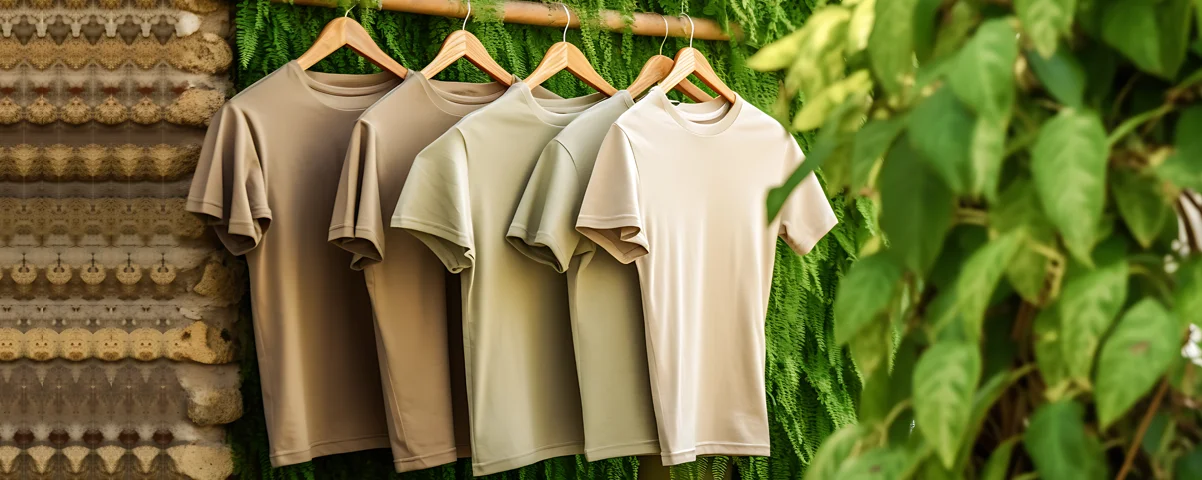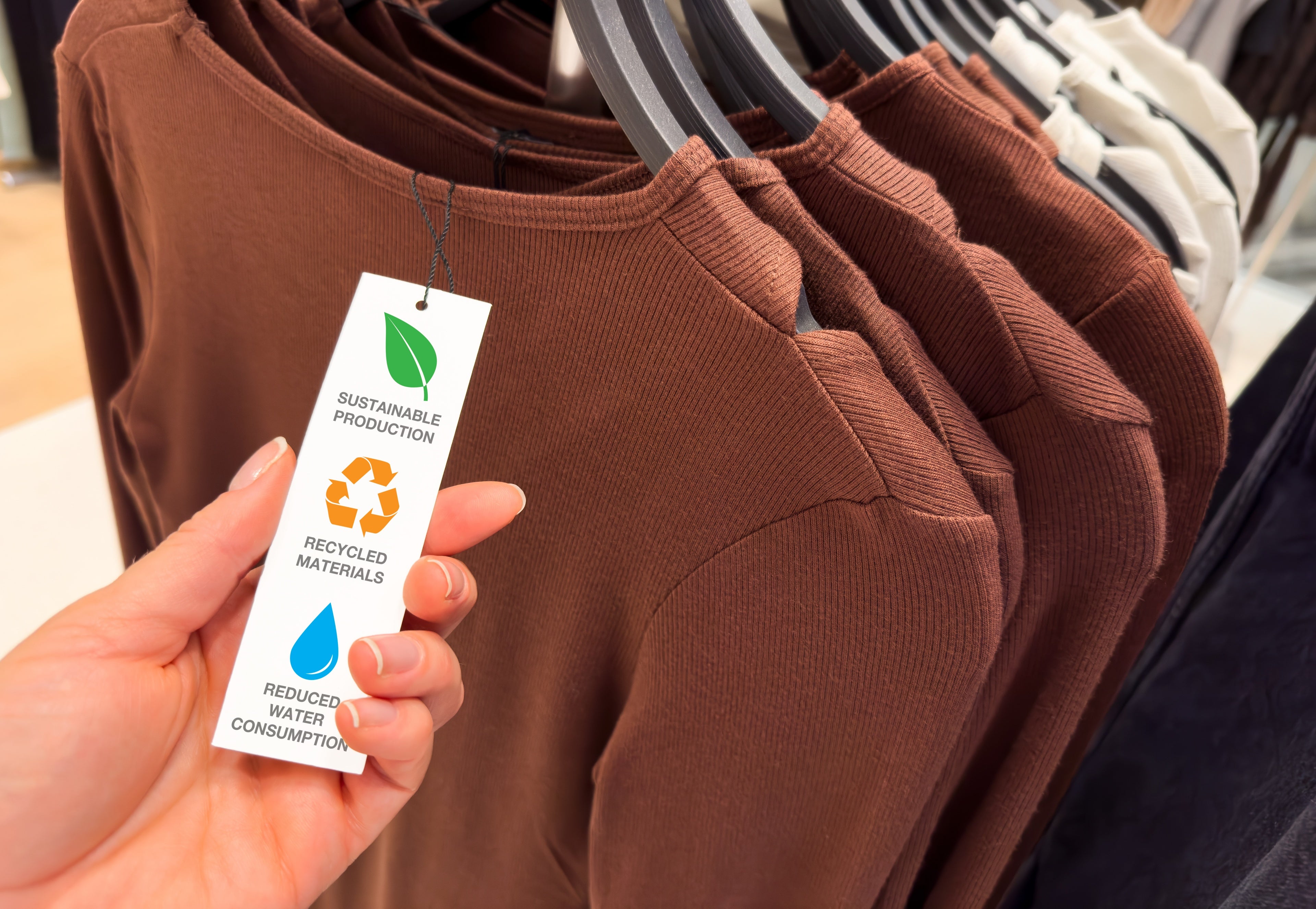The Potential of Cape Town Sustainable Fashion in the Global Market
The Potential of Cape Town Sustainable Fashion in the Global Market
Blog Article
Remain Ahead of the Contour by Checking Out Ingenious Fashion Fads
In a market as vibrant as fashion, remaining ahead involves more than just adhering to present trends-- it requires an exploration of advancement. The merging of innovation and style proclaims a new period of customer involvement.

Welcoming Smart Textiles
In recent years, the fashion business has actually seen a transformative shift with the assimilation of smart fabrics, a cutting-edge development that mixes innovation with textile. This development represents not just a fusion of aesthetic appeals and capability but likewise a considerable jump towards sustainability and personalization in fashion. Smart textiles, additionally recognized as e-textiles, embed sophisticated electronics such as sensors and conductive threads within the fabric, allowing garments to engage with the atmosphere or the user.
These fabrics are designed to check physiological criteria, such as heart rate or body temperature level, providing real-time health analytics. Past wellness applications, wise textiles are likewise being made use of for adaptive clothes, which can transform shade or pattern in response to environmental stimuli, thus offering a dynamic fashion experience.
Additionally, the advancement of energy-harvesting textiles that produce power from motion or sunshine is leading the way for self-sufficient wearable innovation. This advancement is interesting environmentally mindful customers and developers aiming to decrease the environmental footprint of style. As research and advancement in this area advancement, wise fabrics are anticipated to end up being significantly prevalent, improving the landscape of contemporary fashion with their multifunctional capabilities.
The Rise of 3D Printing
Transforming the manufacturing landscape, 3D printing has actually become a game-changer in the fashion business. This sophisticated innovation has allowed designers to push the boundaries of imagination, generating detailed and personalized garments that were previously unimaginable. By leveraging digital design and additive production, 3D printing promotes the development of complex geometries and patterns, allowing developers to explore new appearances and frameworks.
A notable benefit of 3D printing in vogue is its capability to produce on-demand, reducing waste and reducing inventory demands. This effectiveness not only enhances manufacturing processes but likewise enables rapid prototyping, making it possible for designers to bring their visions to life in a much shorter duration. Furthermore, 3D printing sustains personalization to a degree unrivaled by typical techniques, offering individualized fits and distinct layouts tailored to individual customer choices.
The increase of 3D printing has actually additionally democratized fashion, making it available to emerging designers who can now fabricate high-grade items without significant economic investment in traditional manufacturing infrastructure. As technology continues to advance, the garment industry is positioned to harness the full capacity of 3D printing, exploring new materials and methods that will unquestionably redefine how fashion is conceived and produced.
Lasting Fashion Technologies
As the garment industry grapples with the pressing requirement for environmental responsibility, sustainable style developments have actually emerged at the forefront of transformative modification. The growing understanding of eco-friendly influence has sustained a shift towards even more eco-conscious methods and materials. Designers and brand names are now prioritizing sustainability, including approaches that minimize waste and reduce carbon impacts.
One substantial development is the surge of round style, which stresses recycling and upcycling to extend the lifecycle of garments. This technique not just minimizes waste but also encourages customers to adopt a much more mindful technique to garments intake.
Another innovation depends on the adoption of innovative dyeing techniques that utilize natural dyes or waterless processes, thus lowering the huge amounts of water and chemicals typically utilized in textile dyeing. In addition, advancements in biotechnology have led to the creation of lab-grown leather and materials, supplying cruelty-free and ecologically friendly alternatives to standard products. With these pioneering efforts, the fashion business is making purposeful strides in the direction reference of an extra sustainable future.

Tech-Integrated Clothing
Tech-integrated clothing stands for an innovative combination of fashion and innovation, improving just how individuals connect with their apparel. This cutting-edge domain is marked by the inclusion of wise textiles and ingrained electronic elements, enhancing both capability and visual allure. From fitness trackers embedded in sportswear to warmed jackets controlled via mobile phone applications, tech-integrated apparel supplies customers unmatched convenience and flexibility.
Pioneering brands are driving this trend, focusing on producing garments that reply to environmental stimuli or user commands. For example, some garments can alter color or pattern in response to temperature level shifts, while others include biometric sensors to monitor health and wellness metrics like heart price or stress and anxiety levels. The seamless combination of modern technology into textiles likewise extends to environmental sustainability, with initiatives to develop self-cleaning fabrics or garments that change to weather problems, therefore reducing the need for numerous layers.
Additionally, the advent of wearable technology is not simply restricted to garments yet prolongs to devices like watches and glasses, further broadening the scope of tech-integrated style. As the market continues to innovate, the possibility for customization and personalization in apparel grows, using consumers unique, tech-enhanced fashion experiences that satisfy their specific needs and preferences.
Future of Virtual Fashion
In the last few years, the future of virtual style has arised as a transformative force within the industry, leveraging developments in electronic technology to redefine just how fashion is produced, experienced, and taken in. By integrating increased truth (AR), virtual truth (VIRTUAL REALITY), and 3D style tools, developers can now craft interactive and immersive experiences that transcend conventional style her response boundaries. Online fashion enables the creation of garments that exist only in digital settings, offering unlimited possibilities for technology without the limitations of physical production.
This digital change not just provides chances for innovative expression yet also addresses sustainability concerns integral in typical fashion techniques. Cape Town Sustainable Fashion. By removing the demand for physical sources, digital style lowers waste and decreases carbon impacts. Additionally, the surge of digital fashion aligns with the boosting address consumer need for distinct and personalized experiences, as online garments can be personalized and customized to specific preferences easily

Final Thought
The fashion business's future lies in the assimilation of sustainable practices and cutting-edge innovations - Cape Town Sustainable Fashion. Smart textiles and tech-integrated apparel are improving functionality, while 3D printing provides chances for modification and waste reduction. Sustainable fashion, via circular techniques and environment-friendly products, demonstrates a dedication to ecological stewardship. Furthermore, digital fashion is poised to redefine consumer interactions. Adapting to these trends is necessary for brand names looking for to continue to be appropriate and affordable in this quickly progressing landscape.
In recent years, the fashion sector has actually observed a transformative change with the assimilation of smart textiles, a cutting-edge technology that mixes modern technology with fabric.As the style sector grapples with the pushing demand for environmental responsibility, lasting fashion advancements have emerged at the center of transformative modification.In recent years, the future of virtual fashion has actually emerged as a transformative force within the market, leveraging innovations in electronic innovation to redefine exactly how style is produced, experienced, and taken in. The increase of digital style straightens with the raising consumer need for one-of-a-kind and tailored experiences, as digital garments can be customized and customized to individual choices with ease.
The fashion industry's future lies in the combination of sustainable methods and ingenious technologies.
Report this page